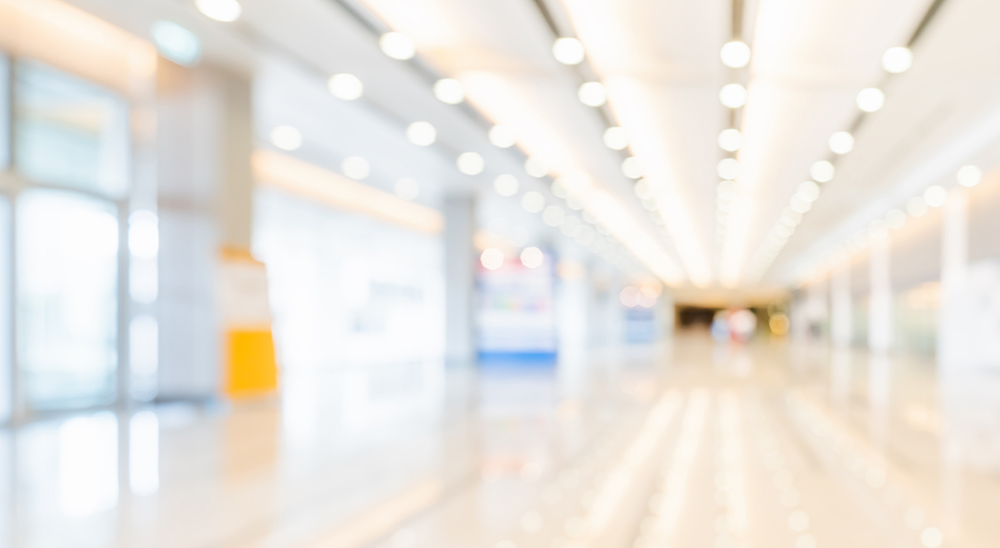Translucent canopies can be used in a variety of settings for various spaces to achieve different architectural visions. They allow light to pass through while providing protection from harmful UV-rays and inclement weather. Contrary to metal or fabric canopies, translucent canopies diffuse sunlight while still providing comfortable shade and weather protection.
Canopy Applications
Restaurants and cafes can use translucent canopies to create inviting outdoor spaces that protect diners from sun and rain while bringing natural light in. Outdoor dining areas often extend usable space into colder weather.
Other commercial buildings, such as shopping malls, office buildings, and airports, can benefit from translucent canopies, which provide both aesthetic appeal and functional benefits.
Adding shading from canopies to government buildings and parks, playgrounds, and recreation areas also provides visitors with a sheltered space. Canopies can provide cover for pedestrian pathways and walkways, enhancing safety and comfort.
Transportation hubs such as bus stops, train stations, and subway stations use translucent canopies to protect passengers while allowing light to filter through. This can add additional visibility and safety.
Additionally, artists and designers sometimes use translucent materials to create unique installations that play with light and shadow.
These applications highlight the versatility of translucent canopies in enhancing functionality and aesthetics in various environments.
Translucent Materials
Acrylic, glass, polycarbonate, or fiberglass reinforced plastics (FRP) can be used to achieve a shaded space that still feels open and airy. Acrylic panels and different types of glass provide the most light transmission and transparency. Polycarbonate panels, either monolithic or cellular polycarbonate, can provide better light diffusion, while still offering many finish options and colors. FRP panels provide the least amount of light transmission.
Polycarbonate panels provide UV-protection, with a UV-resistant protective layer. This is co-extruded into the panel, eliminating maintenance coats or concerns of weathering delamination and degradation.
Acrylic, glass, polycarbonate, or FRP panels can be used to achieve a shaded space that still feels open and airy.
Translucent Canopy Systems
Translucent canopy systems are often prefabricated from lightweight glazing panels and aluminum. Prefabrication speeds up installation, provides important quality control checks, and eliminates site waste.
Translucent canopies require water control and proper gasketing for the selected material. Since thermal properties vary from material to material, it’s best to select a system designed to accept your material of choice. For example, cellular polycarbonate panels expand and contract due to their environment; low friction gaskets and controlled gasket pressure allow for thermal movement without causing material wear over time.
Design Options
There are extensive design options for translucent canopies. They can be formed to a radius for curved canopies, designed with different slopes, include colored panels, and include creative lighting. The canopy structure itself can define the space and add personality.





